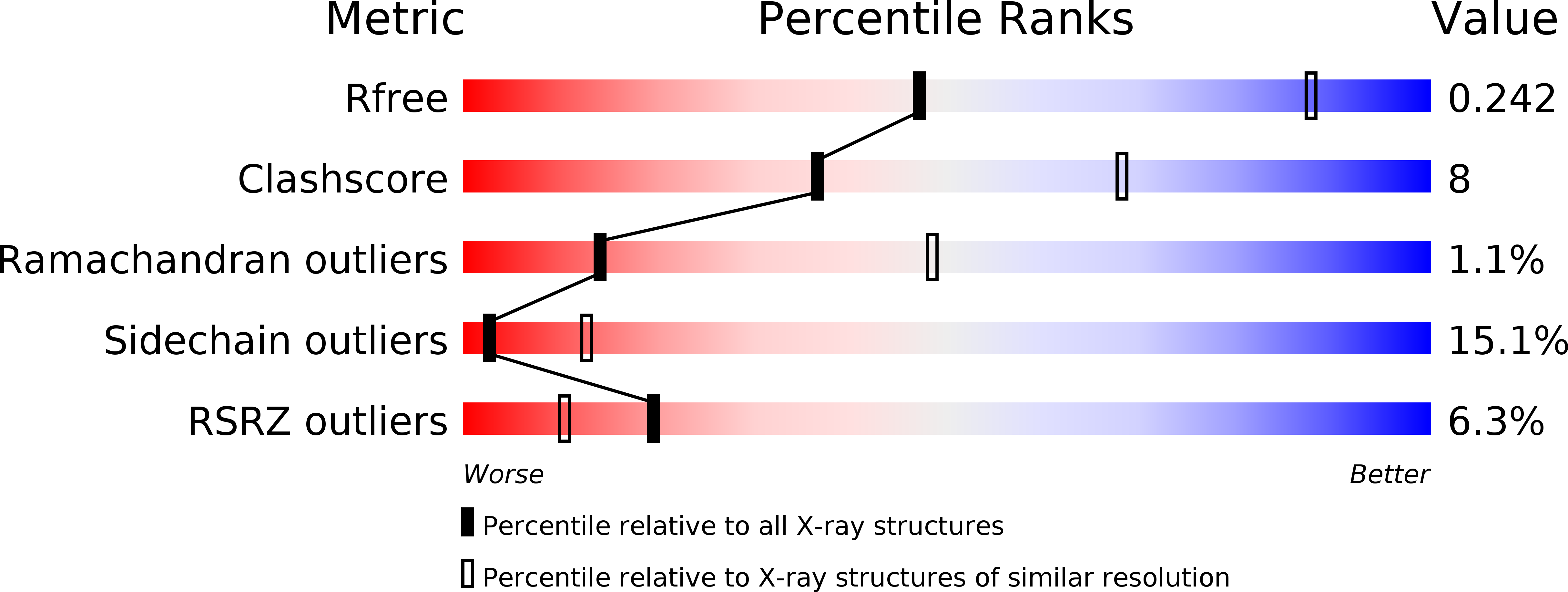
Deposition Date
2012-10-29
Release Date
2013-05-22
Last Version Date
2024-11-27
Entry Detail
PDB ID:
4HSA
Keywords:
Title:
Structure of interleukin 17a in complex with il17ra receptor
Biological Source:
Source Organism:
Homo sapiens (Taxon ID: 9606)
Host Organism:
Method Details:
Experimental Method:
Resolution:
3.15 Å
R-Value Free:
0.23
R-Value Work:
0.18
R-Value Observed:
0.18
Space Group:
P 31 2 1


